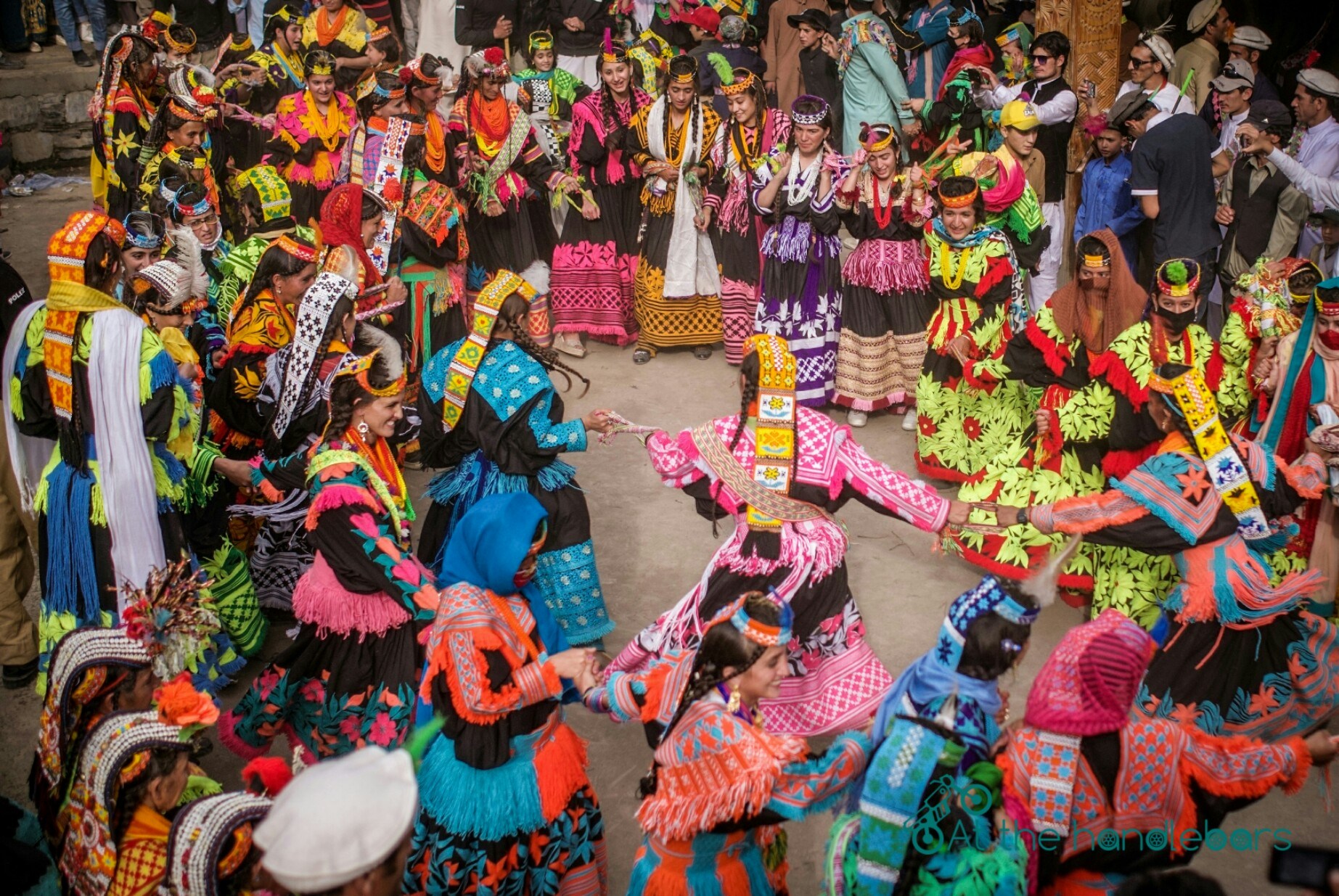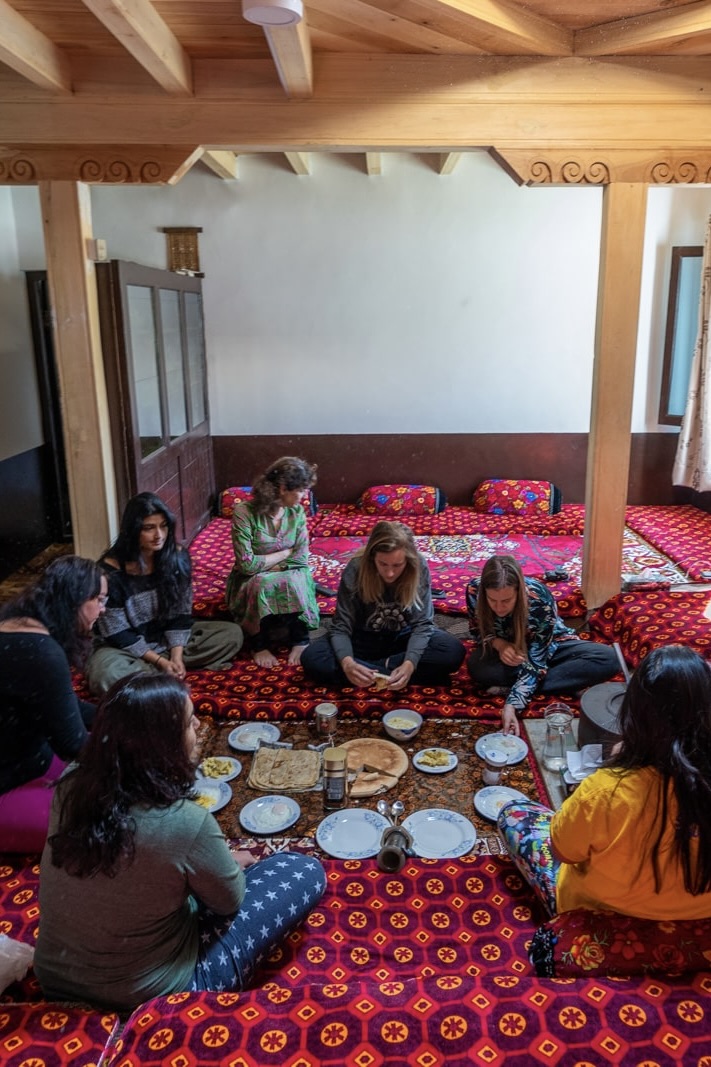Building upon the foundation laid in How Modern Games Use Unique Bonus Features, this article explores how innovative bonus mechanics can transform player engagement. By delving into the psychology of rewards, customization for diverse audiences, narrative integration, technological advancements, social dynamics, and data-driven refinement, we uncover the multifaceted role of creative bonuses in today’s gaming landscape. These insights not only deepen our understanding of game design but also highlight the importance of continuous innovation in captivating a growing and diverse player base.
1. Rethinking Player Motivation: The Role of Creative Bonus Mechanics in Engagement
a. How do innovative bonus mechanics influence players’ emotional investment?
Innovative bonus mechanics serve as emotional catalysts, transforming routine gameplay into memorable experiences. For example, the dynamic “Questline Bonus” in open-world games like The Witcher 3 often rewards players with narrative-driven surprises that evoke curiosity and excitement. Such mechanics create a sense of discovery and mastery, encouraging players to invest emotionally by associating gameplay with personal achievement and storytelling. According to a 2022 study by the Journal of Gaming & Virtual Worlds, players who encounter unexpected but rewarding bonus features display higher emotional attachment and longer session durations.
b. The psychology behind rewarding surprises: unlocking intrinsic motivation
Surprise rewards tap into intrinsic motivation by activating dopamine pathways associated with pleasure and curiosity. When players experience unexpected bonuses—such as randomized loot drops or narrative easter eggs—they feel a sense of accomplishment and novelty that sustains their engagement. The concept of “flow,” introduced by psychologist Mihaly Csikszentmihalyi, explains that well-designed bonuses that balance challenge and reward can foster deep immersion and personal satisfaction, leading players to pursue gameplay for the intrinsic joy it provides rather than external rewards alone.
c. Differentiating mere satisfaction from sustained engagement through creative design
Mere satisfaction arises from simple, predictable rewards, whereas sustained engagement requires innovative, layered bonus mechanics that evolve with player skill and preference. For example, the progression-based bonus systems in Fortnite or Genshin Impact adapt to player behavior, offering increasingly complex or narrative-rich rewards that motivate continued play. This differentiation is crucial; static bonuses may boost short-term satisfaction but fail to foster long-term loyalty, whereas creative, evolving mechanics create a compelling reason to return repeatedly.
2. Designing for Diverse Player Personas: Tailoring Bonus Mechanics to Maximize Engagement
a. How do different player types respond to innovative bonus features?
Player typologies such as casual, competitive, and explorer types respond differently to bonus mechanics. Casual gamers often prefer simple, visually rewarding features like spin multipliers, while hardcore players seek complex mechanics like combo chains or strategic decision-making. For instance, in slot games like Book of Ra, creative bonus rounds with multiple layers of interactivity appeal to a broader spectrum of players. Recognizing these differences allows designers to craft mechanics that resonate across diverse audiences, increasing overall engagement.
b. Personalization strategies: adapting bonus mechanics for casual versus hardcore gamers
Personalization involves tailoring bonus features based on player behavior and preferences. Casual players might enjoy quick-trigger bonuses like instant free spins, whereas hardcore gamers benefit from mechanics like skill-based mini-games or progression systems. For example, in League of Legends, the introduction of personalized daily quests and skill trees caters to different engagement levels, ensuring that each player finds rewarding stimulation aligned with their gameplay style.
c. Cultural and demographic considerations in bonus feature design
Cultural sensitivity and demographic factors influence how bonus features are perceived and appreciated. For example, themes and rewards that resonate in East Asian markets may differ from Western preferences. Incorporating culturally relevant symbols, stories, or reward types—such as community-based bonuses in East Asia—can significantly boost engagement. A 2023 survey by the International Game Developers Association emphasizes the importance of localized bonus mechanics in global game success.
3. The Impact of Narrative Integration on Bonus Mechanics
a. How can bonus features enhance storytelling and immersion?
Integrating bonus mechanics into the narrative deepens player immersion by making rewards feel like natural story milestones. For example, in Uncharted, hidden treasure bonuses are woven into the storyline, reinforcing the adventure theme. Narrative-driven bonuses, such as unlockable backstories or character interactions triggered by gameplay achievements, foster a stronger emotional connection, transforming gameplay into a narrative journey rather than mere task completion.
b. Examples of narrative-driven bonus mechanics that deepen player connection
| Game | Bonus Mechanic | Narrative Impact |
|---|---|---|
| The Last of Us Part II | Environmental storytelling with hidden lore collectibles | Deepens emotional engagement and world-building |
| Hollow Knight | Narrative unlocks via exploration-based bonuses | Creates a sense of discovery and personal growth |
| Red Dead Redemption 2 | Story missions tied to bonus challenges | Strengthens narrative immersion and player agency |
c. Balancing gameplay and story: maintaining flow while offering creative rewards
Effective integration requires that bonus mechanics complement the narrative without disrupting gameplay flow. For instance, timed bonus challenges in God of War are designed to feel like part of the story rather than interruptions, ensuring players remain immersed. A strategic balance prevents rewards from becoming distractions, instead enhancing the overall experience and reinforcing narrative themes.
4. Leveraging Technology to Create Immersive Bonus Experiences
a. The role of augmented reality, virtual reality, and AI in developing novel bonus mechanics
Emerging technologies like AR and VR enable the creation of highly immersive bonus experiences. For example, AR treasure hunts in Pokémon GO turn real-world exploration into bonus gameplay, encouraging physical activity and social interaction. AI-driven systems facilitate adaptive bonuses that respond to player skill levels, ensuring that challenges remain engaging and personalized. The use of AI in Endlesss music collaboration games exemplifies how real-time, adaptive bonus mechanics foster creativity and sustained interest.
b. How real-time feedback and adaptive systems boost engagement through dynamic bonuses
Real-time feedback mechanisms, such as live score updates or adaptive difficulty, keep players engaged by providing immediate responses to their actions. Adaptive systems in games like Left 4 Dead adjust enemy difficulty based on performance, maintaining challenge and excitement. This dynamic approach ensures that bonuses remain relevant, appealing, and capable of motivating players to improve and continue playing.
c. Challenges and opportunities in implementing high-tech bonus features
While technological advancements offer exciting possibilities, they also pose challenges such as increased development costs, technical complexity, and ensuring accessibility. However, these investments can yield rich, personalized experiences that differentiate modern games in a competitive market. For example, integrating AR bonuses requires hardware compatibility and thoughtful UX design, but the payoff is a highly engaging, innovative player experience.
5. Social and Competitive Dimensions of Bonus Mechanics
a. How do multiplayer and social features amplify the impact of creative bonuses?
Multiplayer environments magnify bonus mechanics by adding social validation and collaborative or competitive incentives. For example, in Overwatch, seasonal events introduce unique bonus challenges that encourage team cooperation. Social features like shared achievements or community challenges foster a sense of belonging, motivating players to engage more deeply with bonus content.
b. Designing bonus mechanics that foster community, cooperation, or rivalry
Effective design includes leaderboards, guild-based rewards, and cooperative missions. For instance, the integration of clan bonuses in Clash of Clans encourages collaboration, while ranked tournaments in Fortnite stimulate rivalry. These mechanics leverage human social tendencies, increasing motivation through recognition and shared goals.
c. The influence of leaderboards, achievements, and social recognition on player motivation
Leaderboards and achievements serve as social proof of skill and dedication, motivating players to reach higher tiers. Social recognition, such as shout-outs or in-game titles, reinforces status and encourages continued participation. These features, when creatively integrated with bonus mechanics, can significantly extend player engagement and foster community loyalty.
6. Measuring Success: Analytics and Player Feedback in Refining Bonus Mechanics
a. What metrics best capture engagement driven by bonus features?
- Session duration and frequency
- Participation rates in bonus events
- Retention and churn rates post-bonus implementation
- Player progression and achievement unlocking
- Social sharing and community interactions
b. Using player data to iterate and innovate bonus mechanics continuously
Data analytics provide insights into which bonuses resonate most and how players interact with them. For example, A/B testing different bonus formats can reveal preferences, enabling developers to refine mechanics strategically. Continuous iteration based on metrics enhances relevance and sustains engagement over time.
c. Incorporating community feedback to enhance creativity and relevance
Direct feedback through forums, surveys, and social media allows players to influence bonus design. Incorporating community suggestions fosters a sense of ownership and loyalty, ensuring that bonus mechanics evolve in line with player expectations and cultural trends.
7. Bridging Back to the Parent Theme: How Creative Bonus Mechanics Reflect Modern Innovations
a. Connecting the design of inventive bonus features to overarching trends in modern gaming
Creative bonus mechanics exemplify the shift from static, predictable rewards to dynamic, player-centric experiences. Trends such as gamification, personalization, and technological integration reflect a broader industry move toward engaging, immersive, and culturally responsive design. These innovations align with the overarching goal of increasing player satisfaction and retention.
b. The evolution from static to dynamic, player-centric bonus experiences
Early bonus features were often simple and fixed, such as free spins or static multipliers. Modern design emphasizes adaptability, storytelling, and social interaction, transforming bonuses into living, evolving components of gameplay. This evolution creates a continuous cycle of discovery, mastery, and social validation that keeps players invested over the long term.
c. Final thoughts: the importance of continuous innovation in engaging today’s diverse gaming audience
As the gaming audience becomes more diverse in preferences and cultural backgrounds, the need for innovative, inclusive bonus mechanics grows. Continuous innovation—leveraging technology, psychology, and community insights—is essential for developers aiming to stand out and foster lasting player relationships. Creativity in bonus design not only enhances enjoyment but also signifies the ongoing evolution of the modern gaming experience.
























